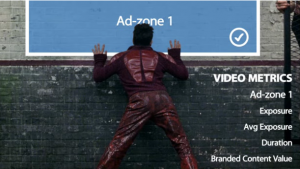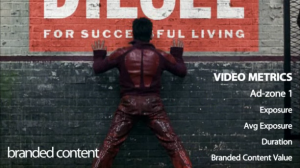The 90s brought Appointment TV – the hyping of TV schedules to create must-watch TV moments such as Friends, 9pm on Channel 4. The ensuing conversations in offices the morning after became known as watercooler moments.
These “did you see…” conversations seemed set for the cultural junkyard in the noughties, thanks to greater choice of viewing, the explosion of excellent TV DVD box sets and Sky+ powered time-shifting. We were all watching different stuff.
I think that’s changed again. I wrote 9 months ago about real-time watercooler moments: the emerging behaviour of using social media services such as as facebook and Twitter while watching an ‘event’ programme such as X-Factor.
Up until now, this has been pretty disjointed and not something most media owners had properly considered. However, the advent of ITV Live, conceived and led by friend and former colleague Dominic Cameron is changing all that. It’s the first serious attempt to create a joined-up TV/social experience. It recognises that people like to talk with friends and fellow fans about the experience they’re sharing – and provides the tools and content to do just that.
It’s a fledgling service, and has its clunky moments, but the ITV team should be praised for leading the way in this field globally.
They’ve even been audacious enough to run the service around matches they don’t have the TV rights to – so people can watch a game on the BBC and discuss it on ITV Live. Neat.










